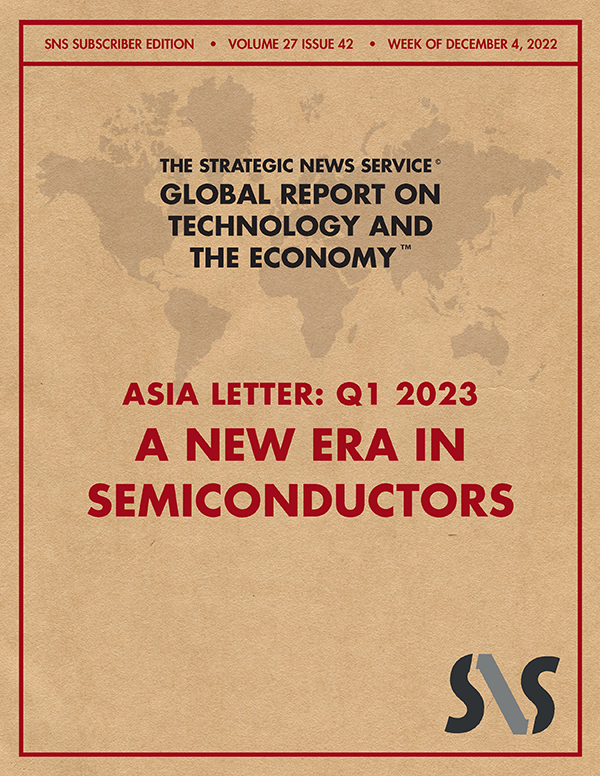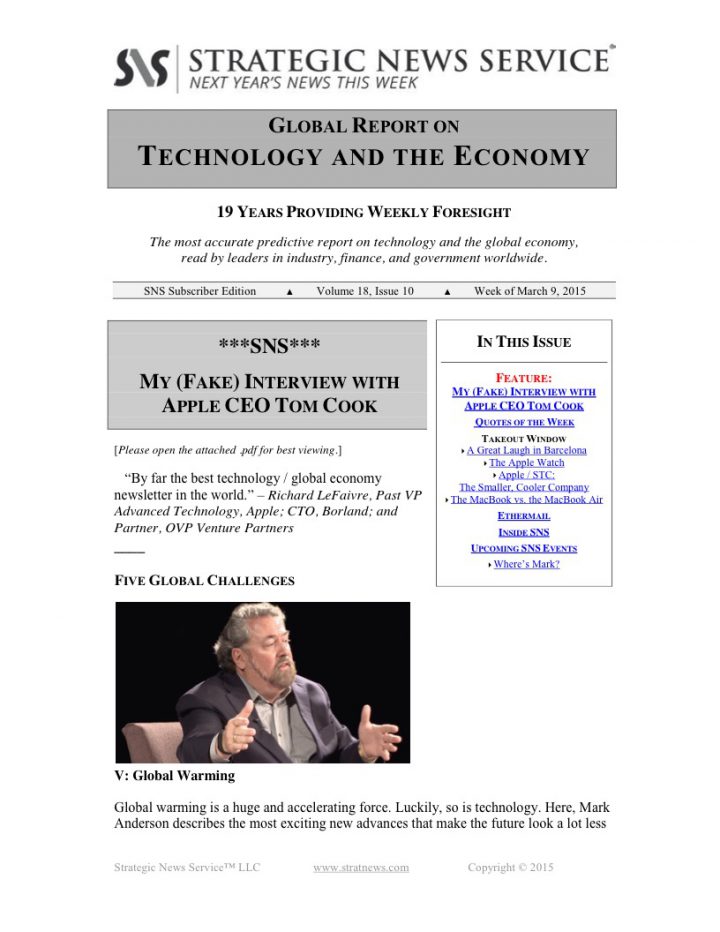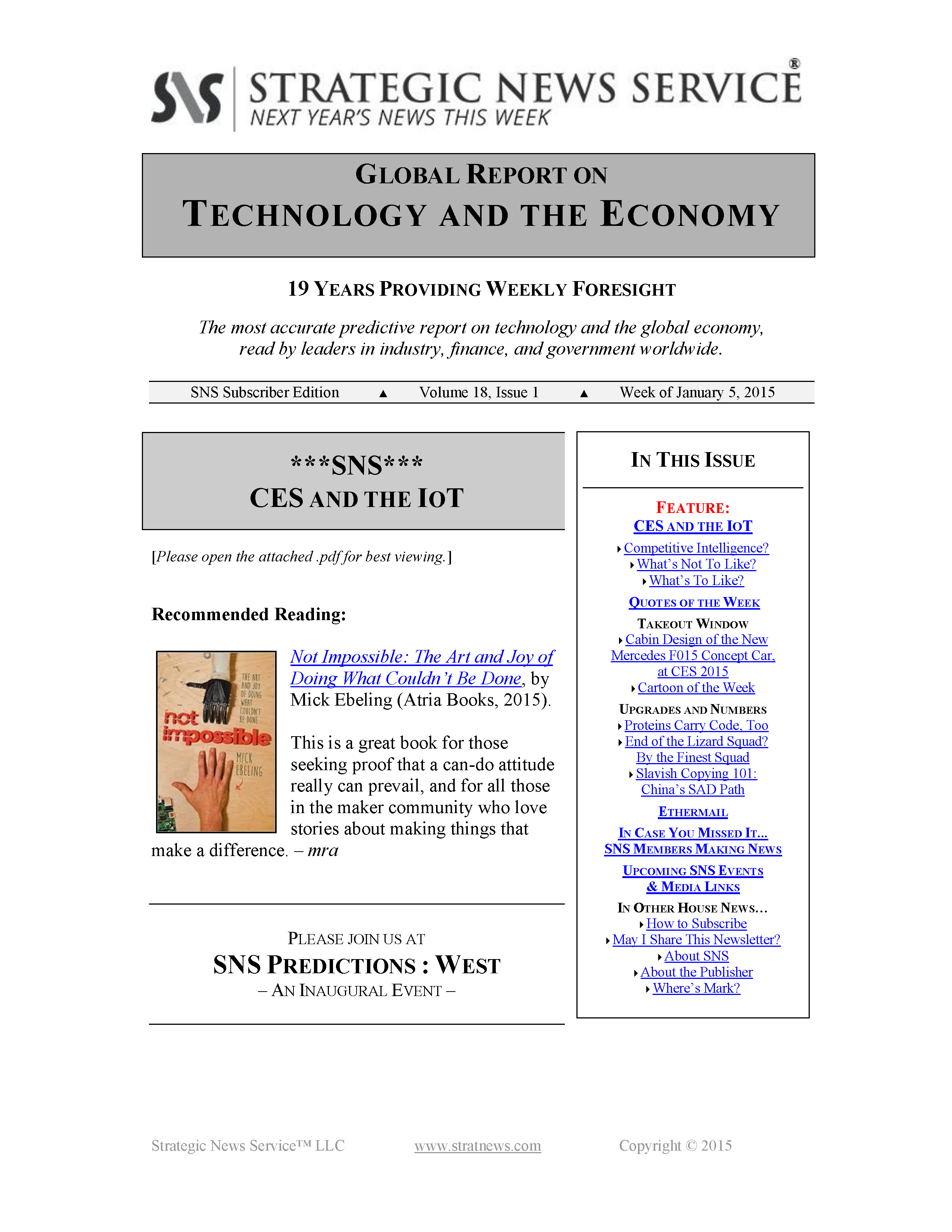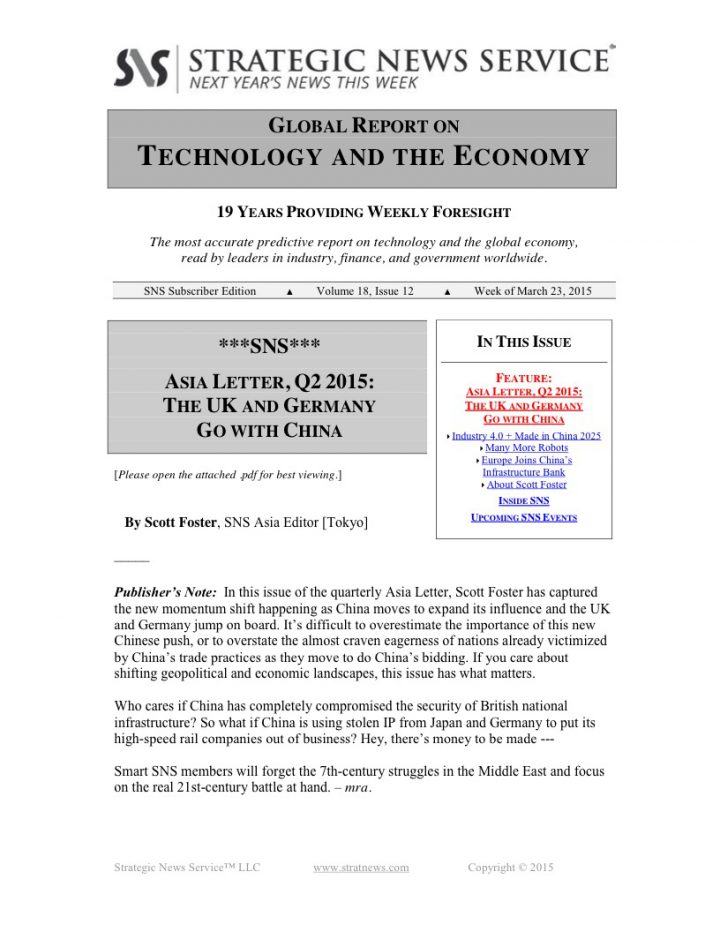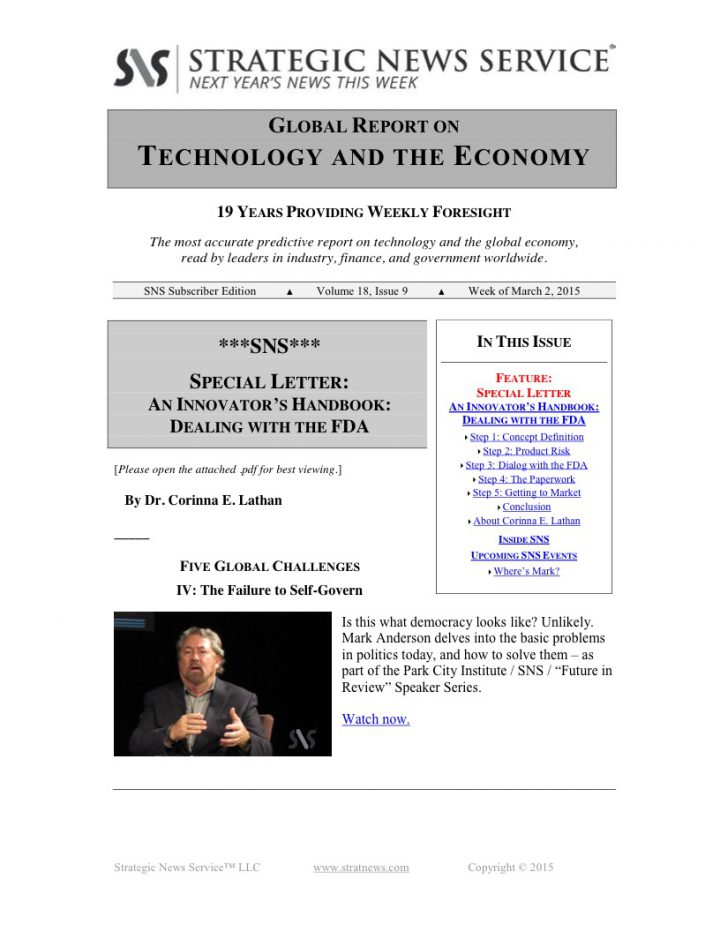In This Issue
Vol. 27 Issue 42
SNS: ASIA LETTER: Q1 2023: A NEW ERA IN SEMICONDUCTORS
- INTRODUCTION: REIWA 4, COVID 3
- QUOTES
- CHINA SANCTIONS NOT STOPPING NVIDIA
- LITTLE HONDA
- YOKOGAWA AUTOMATION AT HOLLAND HYDROGEN
- HITACHI HIRES WHILE OTHERS FIRE
- JAPAN AIMS FOR THE 2-NM NODE
- JAPAN SUBSIDIZES MICRON
- TOOLS-IN AT TSMC ARIZONA
—
Introduction: Reiwa 4, COVID 3
As the year Reiwa 4 on the Japanese calendar draws to a close, the final months of the third year of COVID have brought a relaxation of restrictions and a general loss of interest in daily infection statistics in Japan. Tourists are once again being allowed to visit, and entry procedures – facilitated by QR codes, vaccine apps, and facial recognition – have become faster and easier than they were before the pandemic. Most people still wear masks, but they often pull them down on the street. Restaurants are crowded.
As techies, we note that QR codes were invented in Japan; almost everyone in Japan has received at least three vaccines, nearly all of them from Pfizer and Moderna; and the world’s leading facial-recognition technology, from NEC, can confirm your identity even if you are wearing a mask.
But restaurants and bars have changed. Many of the old, poorly ventilated, elbow-to-elbow places are gone, replaced by new, spacious, and airy places.
Underground dives have given way to bright, new wine bars. About half of the old back-alley feeding and watering holes and retail shops of trendy Shimokitazawa have been replaced, some on entirely new streets, including a long strip of shops and small parks where the railway was put below ground. Shimokitazawa station has been converted from an old, dark maze to a bright, new maze with restaurants on elevated walkways. Trouble Peach, an old vinyl rock’n’roll bar from the ’70s, much worse for wear, is still standing.
Harajuku Station, at the top of a favorite local and tourist destination, has also been rebuilt, and the new Shibuya Station (now a bright, new, world-class maze) and buildings around it are so much bigger as to be unrecognizable to someone who hasn’t been there for a while. “What’s that!?” asked my friend Robert when we were half a kilometer away. Japanese real-estate developers and construction companies have been very busy for the past three years.
Will that come to an end now that interest rates have finally started to rise? Maybe. But with Bank of Japan governor Kuroda holding the line, rates haven’t risen by much so far. The economic statistics are terrible, putting the country between a rock of high government debt and a hard place of stagflation. We will probably have to wait until Kuroda’s successor takes office next April for monetary policy to change.
Gasoline prices, which are now lower here than they are in California, haven’t risen by too much. Japan, South Korea, and Taiwan have all reportedly increased imports of Russian oil. Prime Minister Kishida and NHK, the government-controlled TV station, have strongly criticized the invasion of Ukraine, but after ExxonMobil withdrew from the Sakhalin 1 oil and gas project, the Japanese transferred their ownership stakes to the new corporate entity set up to manage it. The Japanese draw the line at shutting down their own factories and freezing this winter to spite Russia.
Japan put sanctions on semiconductor exports to Russia, and a great deal of Japanese corporate activity there was either shut down or put on hold – but the fishing agreement covering the Sea of Okhotsk was renewed, and exports of used Japanese cars to Russia have more than tripled. The yen has dropped by 27% against the ruble over the past three years, making those cars very cheap.
The yen has dropped by almost as much against the US dollar, so outbound tourism has become very expensive, but manufacturing in Japan is once again an attractive proposition (see “Brutally Competitive Japan” in the last SNS Asia Letter). This is deliberate policy, not an accidental side effect of quantitative easing. As Japanese corporations diversify away from China, their top destinations are Japan, Southeast Asia, and India. Thanks to the Fed, they have also gained a large advantage in trade with the US.
Japan is compartmentalizing, not decoupling from, China….
SKU: SNS-2022-12-09 - Need Help? Contact Us Leave Feedback
Categories: 2022 Issues, Back Issues
Tag: PDF Download

